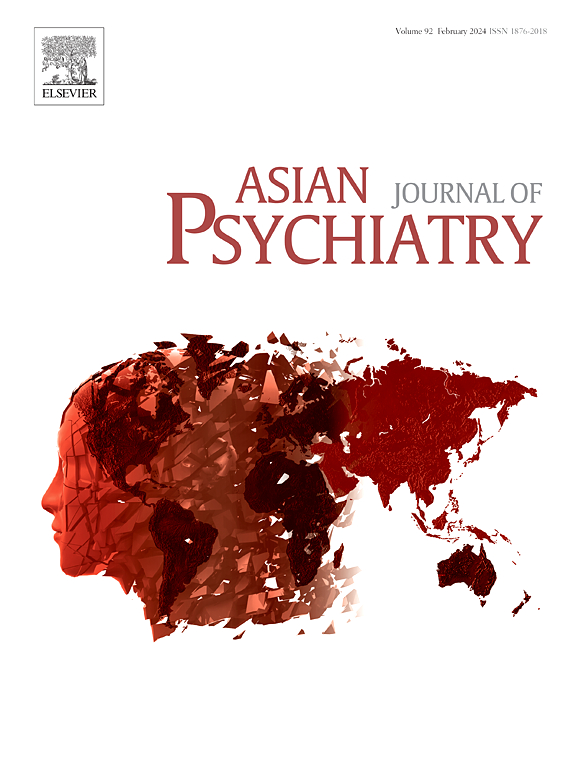通过仿人机器人协同操作对自闭症谱系障碍患者进行语言和非语言交流训练的初步研究
IF 3.8
4区 医学
Q1 PSYCHIATRY
引用次数: 0
摘要
患有自闭症谱系障碍(ASD)的个体在语言和非语言交流方面都有困难。协作工作使他们能够使用和发展他们的非语言沟通能力。因此,我们为自闭症患者开发了一个协作工作培训项目。本研究旨在评估所提出的言语及非言语沟通干预的可行性。一个人形机器人由两个人操作,每个人操作机器人的不同部位:一个人移动身体的右半部分,另一个人移动身体的左半部分。参与者的角色被分开,以促进语言和非语言交流。14个人(18-27岁)参加了一项训练实验,该实验每周进行一次,为期两个月,最多7次。对比第一次和最后一次训练期间的交流量显示,语言和非语言交流都增加了(p=0.044和p=0.024分别),这表明提出的训练促进了语言和非语言交流。未来的研究需要通过考虑纵向设计来建立证据来支持获得的技能在日常生活活动中的普遍性。本文章由计算机程序翻译,如有差异,请以英文原文为准。
Initial study of verbal and nonverbal communication training through the collaborative operation of a humanoid robot for individuals with autism spectrum disorder
Individuals with autism spectrum disorder (ASD) experience difficulties in both verbal and nonverbal communication. Collaborative work allows them to use and develop their nonverbal communication abilities. Therefore, we developed a collaborative work training program for individuals with ASD. This study aimed to assess the feasibility of the proposed intervention for both verbal and nonverbal communication. A single humanoid robot was operated by two people, with each person operating different parts of the robot: one person moved the right half of the body while the other moved the left. The participants’ roles were separated to promote verbal and nonverbal communication. Fourteen individuals (aged 18–27 years) participated in a training experiment that was conducted once a week for a maximum of seven sessions over two months. A comparison of the amount of communication between the first and last training sessions showed that both verbal and nonverbal communication increased ( and , respectively), indicating that the proposed training facilitated both verbal and nonverbal communication. Future studies are needed to establish evidence supporting the generalizability of the acquired skills to daily life activities by considering longitudinal designs.
求助全文
通过发布文献求助,成功后即可免费获取论文全文。
去求助
来源期刊

Asian journal of psychiatry
Medicine-Psychiatry and Mental Health
CiteScore
12.70
自引率
5.30%
发文量
297
审稿时长
35 days
期刊介绍:
The Asian Journal of Psychiatry serves as a comprehensive resource for psychiatrists, mental health clinicians, neurologists, physicians, mental health students, and policymakers. Its goal is to facilitate the exchange of research findings and clinical practices between Asia and the global community. The journal focuses on psychiatric research relevant to Asia, covering preclinical, clinical, service system, and policy development topics. It also highlights the socio-cultural diversity of the region in relation to mental health.
 求助内容:
求助内容: 应助结果提醒方式:
应助结果提醒方式:


